News & Views, Volume 43 | TRU Compliance: The Standard for Seismic, Wind, and Blast Certification
By: Andy Coughlin
About TRU COMPLIANCE
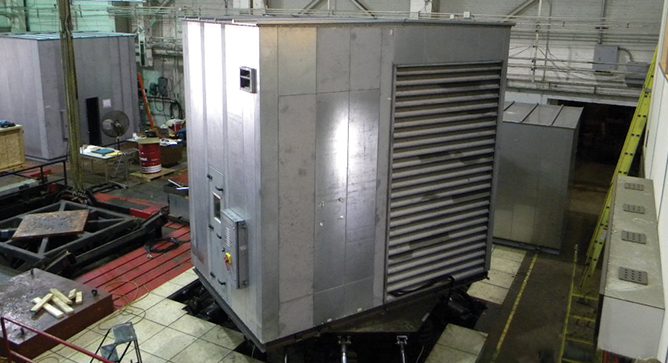
At TRU Compliance, we believe that achieving code compliance in these areas should not be complicated. So, we continually invest in the development of innovative systems and approaches to simplify the lives of our clients and deliver efficient and transparent results, every time.
TRU Compliance is a recognized leader in Seismic, Wind & Blast product certification. We are a full-service product certification agency executing project specific and product line approvals for a range of code requirements. The TRU Compliance team has been providing product certification services since 2008 and recently joined forces with Structural Integrity in May 2017, thus expanding our resources and reach.

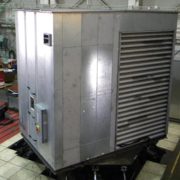
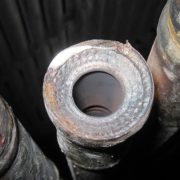
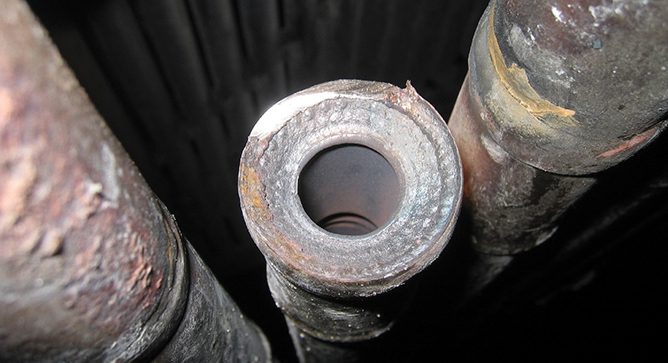 As plants age, the need for inspection for service related damage to ensure unit reliability increases. There are several approaches that plants can take to reduce the risk of premature failures and proactively manage their DMWs. First is metallurgical sampling. Based on temperature profiles across the boiler, operating conditions, and operating history, DMWs can be selected for laboratory analysis. This will provide some insight into possible damage accumulation; however, the better approach, if damage is suspected, is to perform an ultrasonic inspection of the DMWs. This allows inspection of all the DMWs, and only requires access and surface preparation. If indications are detected, then tube sampling should be performed. It is critical to perform a metallurgical analysis of several of the DMWs suspected of containing service damage to confirm that the indications are service related and to help establish the extent of the damage compared to ultrasonic testing results. Typical DMW damage is described in the Featured Damage Mechanism article. The importance of the metallurgical analysis is demonstrated in the three following case studies.
As plants age, the need for inspection for service related damage to ensure unit reliability increases. There are several approaches that plants can take to reduce the risk of premature failures and proactively manage their DMWs. First is metallurgical sampling. Based on temperature profiles across the boiler, operating conditions, and operating history, DMWs can be selected for laboratory analysis. This will provide some insight into possible damage accumulation; however, the better approach, if damage is suspected, is to perform an ultrasonic inspection of the DMWs. This allows inspection of all the DMWs, and only requires access and surface preparation. If indications are detected, then tube sampling should be performed. It is critical to perform a metallurgical analysis of several of the DMWs suspected of containing service damage to confirm that the indications are service related and to help establish the extent of the damage compared to ultrasonic testing results. Typical DMW damage is described in the Featured Damage Mechanism article. The importance of the metallurgical analysis is demonstrated in the three following case studies.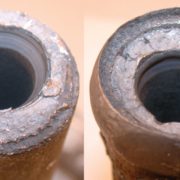
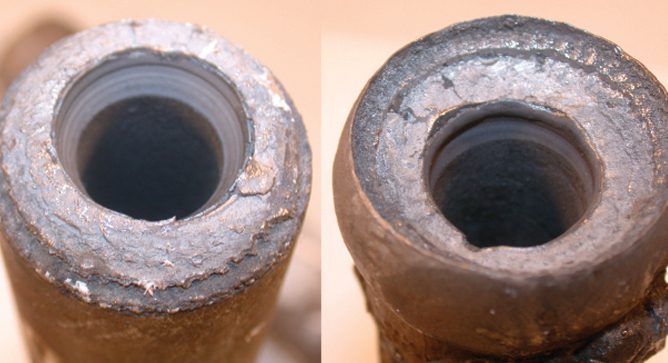

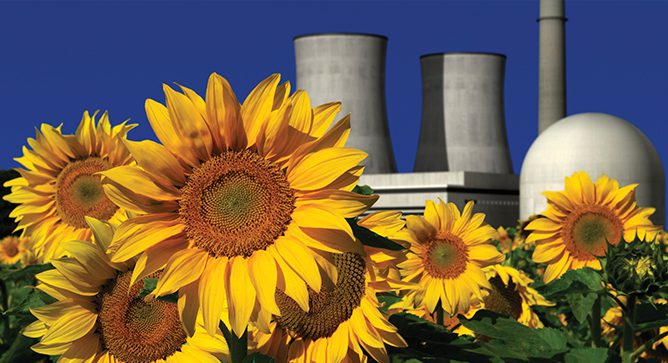 As all of us who work with nuclear energy know the US nuclear industry is engaged in a multi-year effort to generate power more efficiently, economically and safely. A key goal includes a significant reduction in operating expenses. This initiative is termed “Delivering the Nuclear Promise” (DNP) and is supported by nuclear utilities, vendors such as Structural Integrity, the Nuclear Energy Institute (NEI), Institute
As all of us who work with nuclear energy know the US nuclear industry is engaged in a multi-year effort to generate power more efficiently, economically and safely. A key goal includes a significant reduction in operating expenses. This initiative is termed “Delivering the Nuclear Promise” (DNP) and is supported by nuclear utilities, vendors such as Structural Integrity, the Nuclear Energy Institute (NEI), Institute 